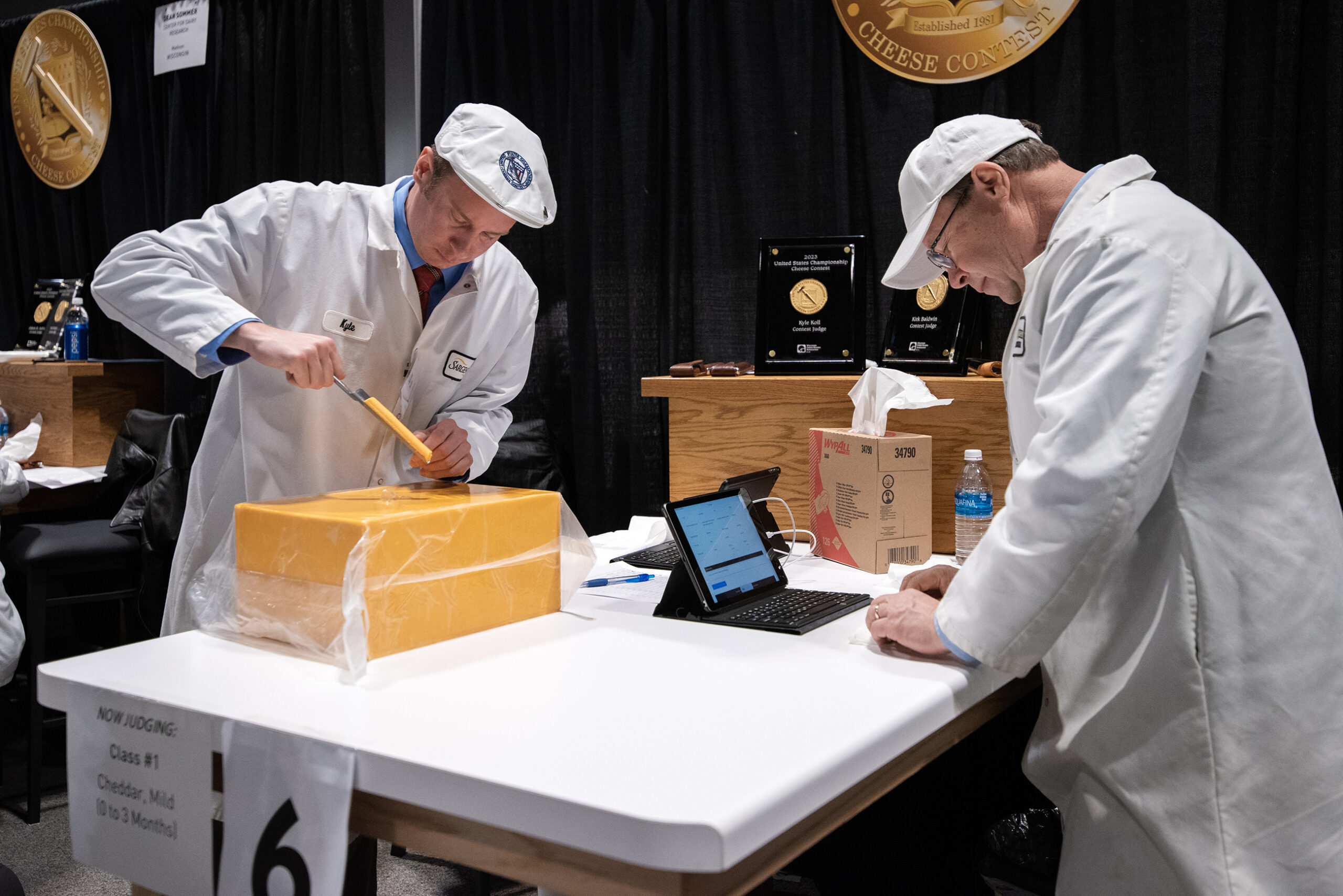On its tourism website, Wausau touts four seasons of outdoor recreation, a thriving arts scene and diverse shopping.
But when it comes to eclectic dining, one Chicago-based consulting firm suggests better options are elsewhere. It ranks Wausau the nation’s least trendy spot for food.
The firm, Datassential, analyzed the menus of restaurants in cities across the country in an effort to measure which offered the most variety of cuisines. In Wausau, the firm found far fewer options than other large cities.
Stay informed on the latest news
Sign up for WPR’s email newsletter.
In Miami, for example, a person would need to take in 29 different cuisines to experience 90 percent of the available dining market. In Wausau, the number is 11.
About 150 miles southwest of Wausau, La Crosse falls in similar territory. Datassential said tasting 13 cuisines in La Crosse would represent 90 percent of the market. La Crosse ranks fourth in Datassential’s rankings of least “trend-forward cities.”
Mike Kostyo, an associate director for Datassential, recently joined Wisconsin Public Radio’s “The Morning Show” to discuss the firm’s rankings as well as other food trends. He acknowledged the rankings might cause Wisconsinites to bristle.
“If we do anger anybody, don’t come after me,” he joked.
Kostyo said 11 different cuisines is a good amount for a city the size of Wausau and people are increasingly receiving access to more cuisine options through online ordering and improved transportation.
“Wherever you are, even if it’s a town that maybe doesn’t have a huge dining scene with lots of different options, there still (are) so many opportunities to try a lot of different, interesting (and) novel foods and flavors out there,” he said.

In other food trends related to the Dairy State, Datassential says cheese remains the top ingredient being added to restaurant menus nationwide. In particular, beer cheese and cheese curds are becoming more popular. Kostyo said beer cheese is up 35 percent on menus over the last four years and cheese curds are up 31 percent.
“(Cheese is) such a classic ingredient, something that we all grew up with. It’s so comforting,” Kostyo said. “Cheese is that dairy product that you can feel a little bit safer purchasing, and it’s not going to go bad quite as quickly as milk or another dairy product.”
Wisconsin Public Radio, © Copyright 2025, Board of Regents of the University of Wisconsin System and Wisconsin Educational Communications Board.



